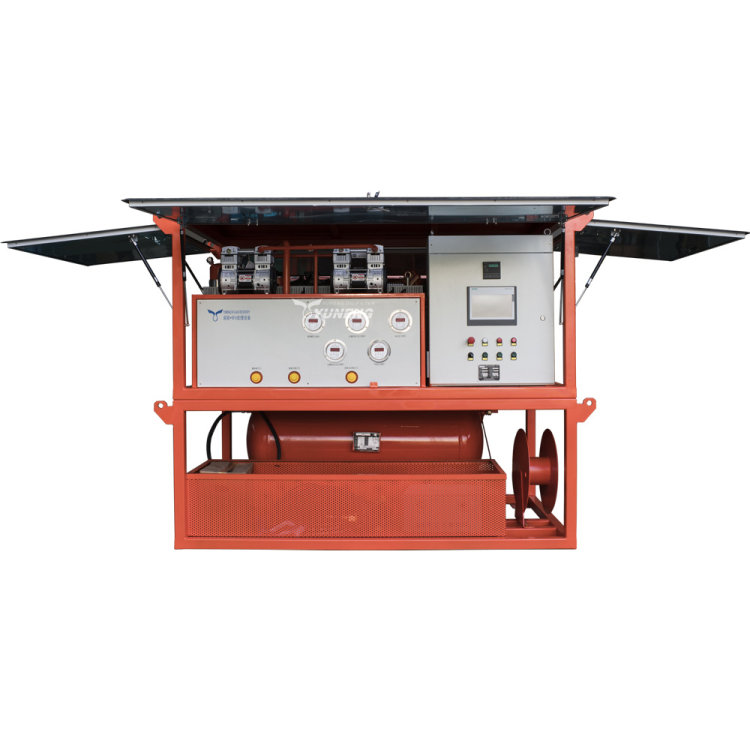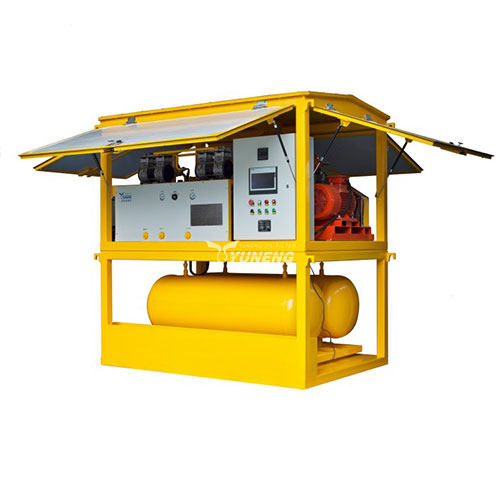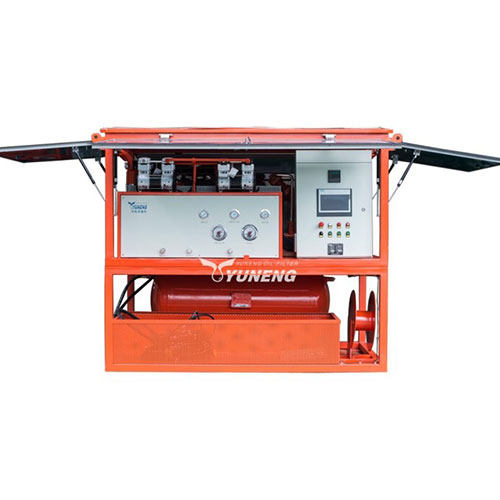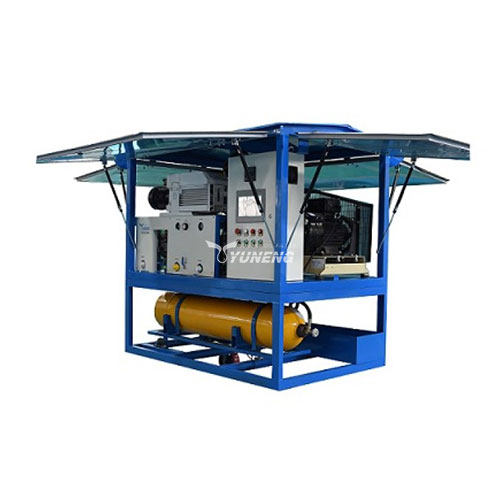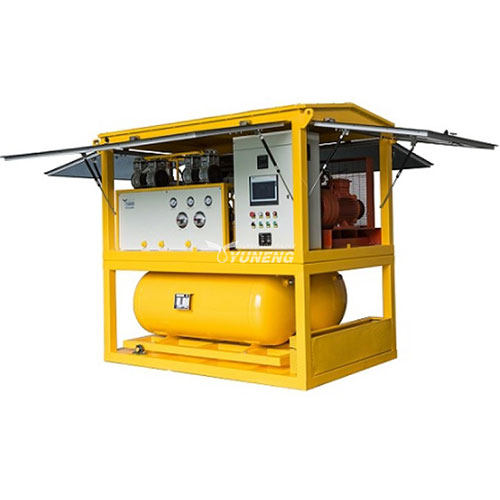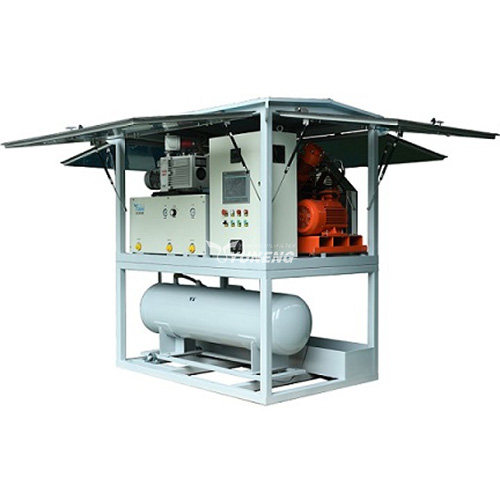How to Implement an Effective SF6 Gas Recycling Program in Your Facility
Table of Contents
Sulfur hexafluoride (SF6) is a potent greenhouse gas widely used in electrical transmission and distribution equipment due to its excellent insulating properties. However, SF6 has a global warming potential (GWP) 23,500 times greater than carbon dioxide over a 100-year period, making its management critical for environmental sustainability. Implementing an effective SF6 gas recycling program is essential for reducing emissions, minimizing waste, and ensuring compliance with environmental regulations. This article outlines how to implement such a program in your facility.
What is SF6 Gas Management
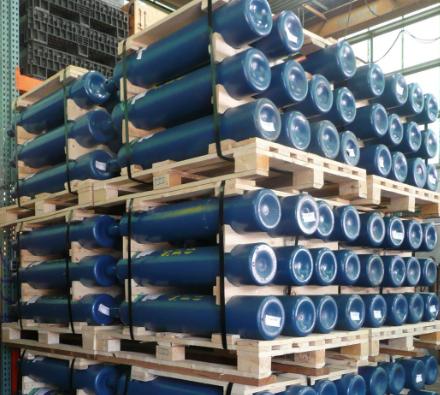
SF6 gas management involves the careful handling, monitoring, and recycling of sulfur hexafluoride (SF6) throughout its entire lifecycle, including acquisition, usage, recovery, and disposal. SF6 is widely used in electrical equipment due to its excellent insulating and arc-quenching properties, but it is also a potent greenhouse gas with a high global warming potential.
Effective management ensures that SF6 is utilized efficiently, emissions are minimized, and any released gas is properly recaptured and either recycled or safely disposed of. This process includes leak detection, regular maintenance of equipment, and adherence to regulatory guidelines. Given SF6’s environmental impact, responsible management is essential for sustainability efforts, helping industries reduce their carbon footprint while maintaining the reliability and safety of electrical systems.
Steps to Implement an SF6 Gas Recycling Program
If you want to implement an SF6 recycling program, here are the basic steps for you to refer.
1. Evaluate SF6 Consumption and Inventory
Start by performing a comprehensive assessment of your facility’s SF6 gas usage. Identify all equipment containing SF6, record the quantities of gas, and monitor any leaks or losses. This information serves as a starting point and provides the foundation for implementing a successful recycling program.
2. Formulate a Gas Management Strategy
Develop a clear and structured approach for the handling, storage, and disposal of SF6 gas. Ensure this strategy complies with industry standards like IEC 62271 and follows environmental guidelines from organizations such as the EPA. Assign specific roles and responsibilities to personnel involved in managing SF6 gas.
3. Implement a Leak Detection and Prevention Program
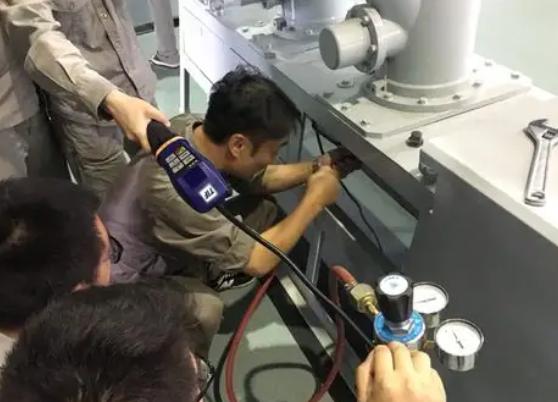
Preventing SF6 leaks is crucial for effective recycling. Use advanced leak detection technologies, such as infrared cameras and gas sniffers, to identify potential leaks early. Establish a routine inspection and maintenance schedule to minimize gas losses.
4. Invest in SF6 Gas Recycling Equipment
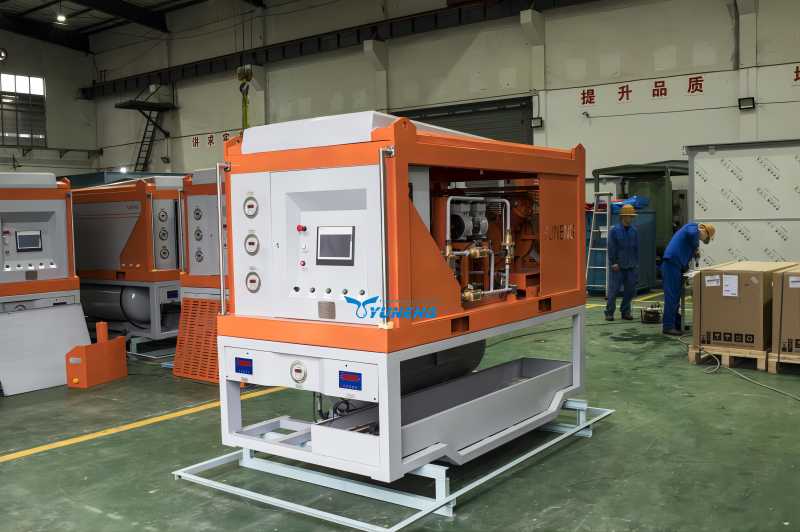
- To maximize the efficiency of your SF6 recycling program, invest in high-quality SF6 Gas Recycling Equipment. Having the right tools allows your facility to minimize gas losses, reduce emissions, and extend the usability of SF6 gas. This investment not only helps in environmental compliance but also leads to significant cost savings in the long run.
5. Educate Employees on SF6 Gas Safety and Recycling
Offer thorough training to employees regarding the safe handling, recovery, and recycling of SF6 gas. Make them aware of the hazards linked to SF6 leaks and stress the significance of following proper gas management procedures. Providing ongoing training ensures that employees stay up to date with the latest industry regulations and best practices.
6. Track and Manage SF6 Gas Inventory
Establish a system to track the use, recovery, and recycling of SF6 gas. Using digital monitoring tools allows for real-time tracking of gas levels and leak detection, ensuring transparency and adherence to regulatory requirements. Regularly update the inventory and submit necessary reports to stay in compliance with industry standards.
Best Practices for SF6 Gas Recycling
To establish a good SF6 Gas Recycling Program, here are some best practices that you must follow:
| Best Practice | Description |
| Minimize Leaks | The most effective way to reduce SF6 emissions is to prevent leaks. Regular inspections, maintenance, and using high-quality sealing materials can significantly cut down on leaks. Leak detection tools and techniques should be employed frequently to identify and repair potential issues quickly. |
| Use Certified Recycling Facilities | SF6 should only be recycled by qualified and certified facilities. These professionals ensure that the gas is properly purified, filtered, and reused, reducing the environmental impact and ensuring compliance with safety standards. Avoid improper handling or disposal methods. |
| Adopt Gas Recovery Systems | Invest in SF6 recovery systems, such as gas reclaimers or recovery units, to capture and purify the gas. These systems ensure that SF6 is not released into the atmosphere and can be reused in your facility. Closed-loop systems can help maintain gas integrity and prevent waste. |
| Employee Training and Awareness | Properly train employees handling SF6 on safety procedures, emergency responses, and recycling protocols. Knowledgeable staff are key to maintaining the integrity of the recycling process and ensuring compliance with both safety and environmental regulations. |
Benefits of an Effective SF6 Recycling Program
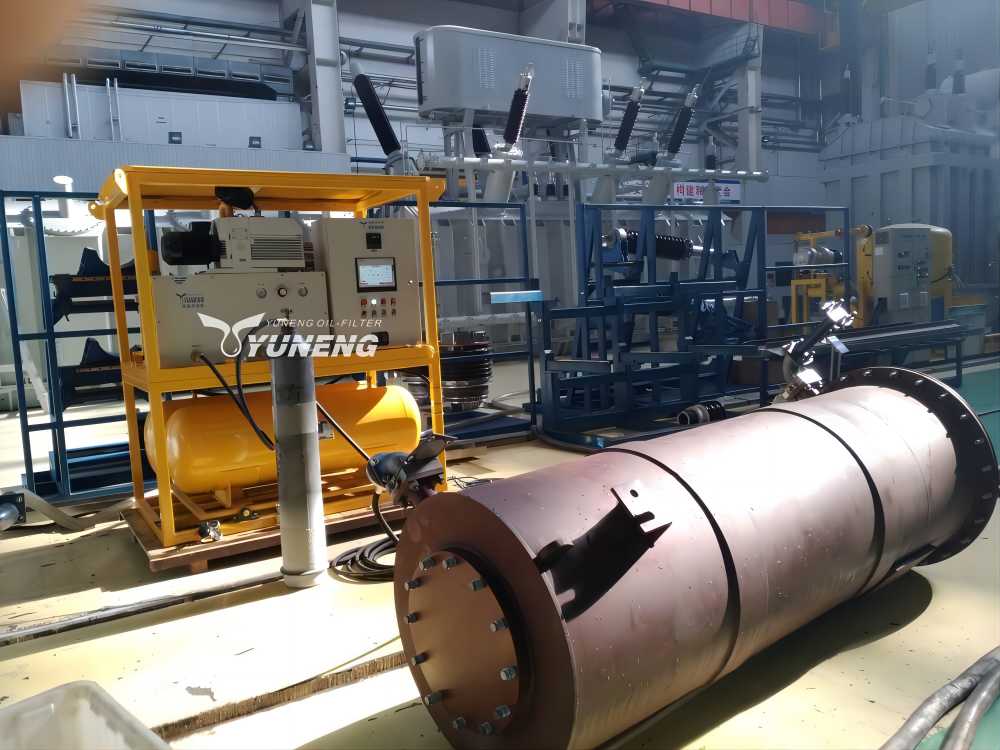
An effective SF6 recycling program significantly contributes to environmental protection by reducing the emission of this potent greenhouse gas. SF6 has a high global warming potential, and recycling helps prevent its release into the atmosphere, which is vital in mitigating climate change. By capturing and reusing SF6, your facility can play a key role in preserving the environment.
In addition to environmental benefits, SF6 recycling offers substantial cost savings. Reusing recycled SF6 reduces the need for purchasing new gas, which can be expensive. This not only lowers operational costs but also improves your facility’s bottom line over time.
Moreover, an efficient recycling program ensures compliance with environmental regulations. It helps your facility meet the legal requirements surrounding SF6 emissions, avoiding fines or penalties.
Implementing a recycling program also improves the long-term performance and reliability of SF6-based equipment. By minimizing leaks and maintaining optimal gas levels, you can extend the lifespan of valuable assets.
Interested in Setting Up SF6 Gas Recycling Equipment?
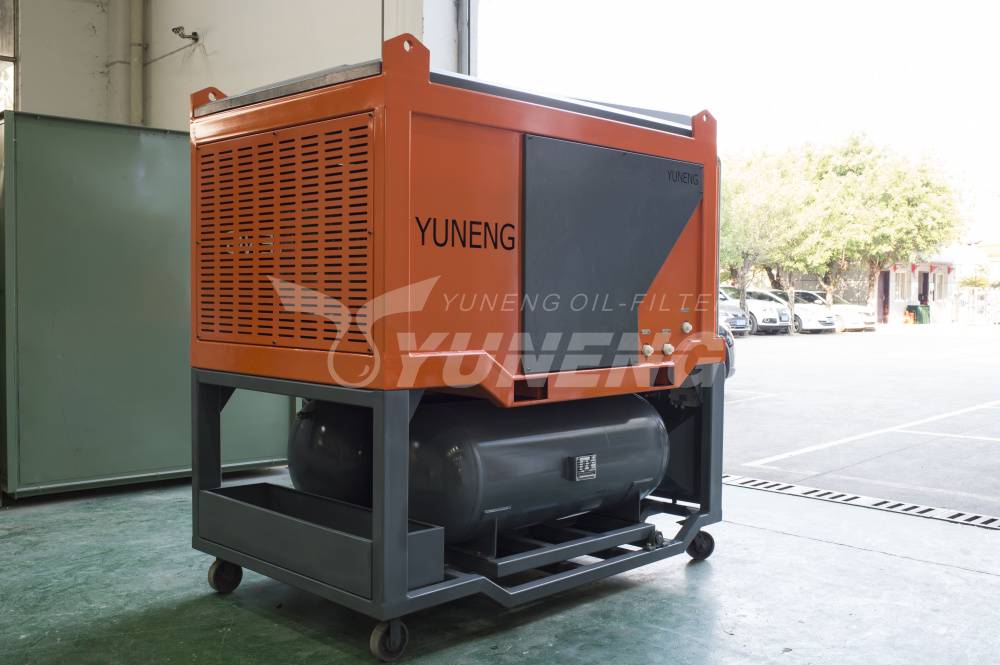
If your facility is committed to managing SF6 gas more efficiently and reducing its environmental impact, investing in high-quality SF6 gas recycling equipment is a crucial step. Setting up a system for recycling SF6 allows you to recover, purify, and reuse the gas, reducing waste and cutting operational costs. The right equipment ensures a smooth and compliant SF6 management process, which can greatly benefit your long-term sustainability goals.
When considering SF6 gas recycling equipment, choosing a reputable manufacturer is essential to ensure durability, efficiency, and compliance with industry standards. Yuneng is a leading manufacturer of SF6 gas recycling equipment and provides a range of SF6 gas recovery and recycling machines, tailored to meet the specific needs of various industries. Our equipment is designed for easy installation, operation, and maintenance, making it an ideal choice for facilities looking to implement an efficient and cost-effective recycling program.
For more information, you can contact: [email protected]

